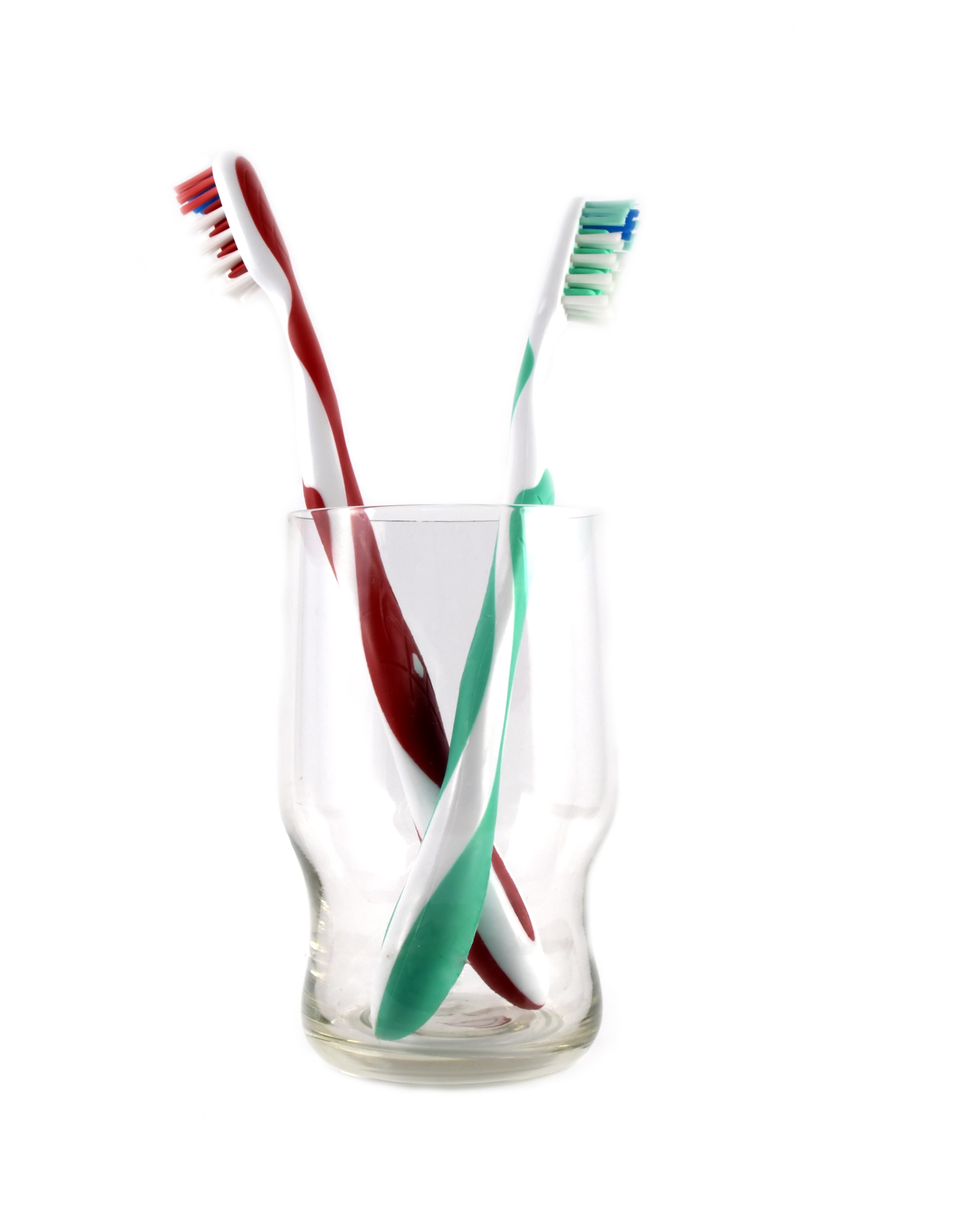Thousands of years ago, people still liked fresh breath and a shiny smile. Tribal people used sticks to clean their teeth, and over time, this evolved into a Chinese hog-hair toothbrush. Today, we prefer a cleaner and more effective option ;-).
Choosing Your Tools
• Never buy a toothbrush with hard bristles.
• Make sure your toothbrush’s size suits your mouth.
• Electric toothbrushes can be more effective than manual styles.
• Use an ADA-approved fluoride toothpaste.
• Use a tongue scraper or gentle brushing to clean plaque from your tongue.
• Find floss that works for you – there’s flat, round, waxed, non-waxed, minty, and even pre-strung picks.
Tips for Brushing
• Brush morning and night – and after meals, if you like.
• Brush for two minutes at each session.
• If you can’t brush after meals, rinse with water.
• Replace your toothbrush every two to four months and after an illness.
• Microwave your damp toothbrush for one minute every month to kill bacteria.
• Brush up and down in a circular motion, not just side to side.
• Don’t brush too hard – you’ll harm your teeth and gums.
• Gently brush your gums, cheeks, and hard palate.
• Floss once a day! If you have trouble, tie about 18” of floss into a loop, and give that a try.
• Rinse your toothbrush bristles and handle, then dry it after each use.
What you May Not Know
Mouthwashes with alcohol can cause pH problems and dry out your mouth – which may actually worsen your breath!
More Resources
• Proper Brushing Techniques
• Free Kids’ Teeth Brushing Charts
• SmileLine™ Email News from the AGD